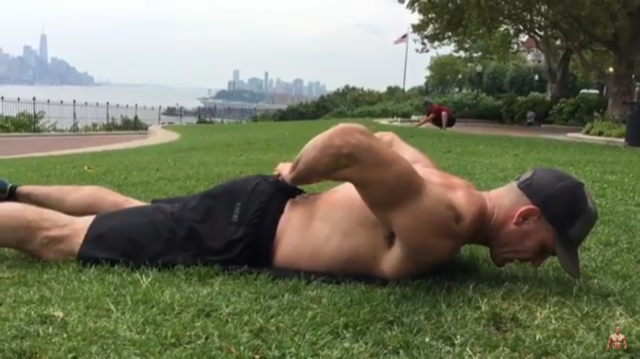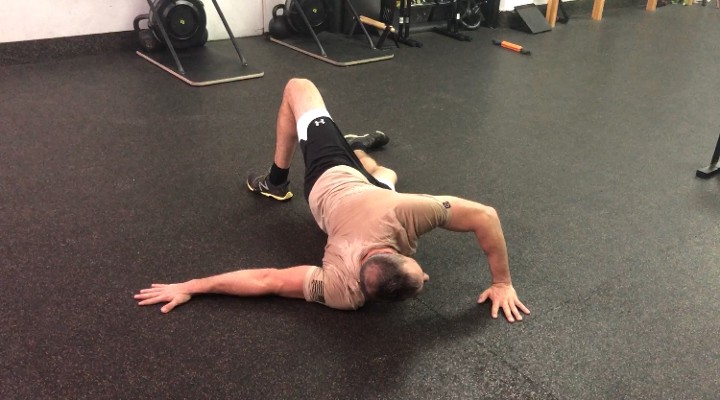What Is Upper Crossed Syndrome & How You Can Counter It

Think of your body as a puppy. Yes, a puppy. It’s going to do whatever you tell it to. Even if you don’t know you’re telling it to do something. Your body just wants to make everything is easy for you! So by sitting down and hunching your back for an extended period of the day, you’re body thinks you’re saying, “I want to be here all the time.” So you’re puppy is going to start to form itself to that position. It’s going to tighten your pectorals or chest muscles because you seemingly want them tighter. Your body is also going to weaken your upper back muscles like your rhomboids and lower trapezius because you’re not using them so why should they be on? Your body is constantly trying to refine efficiency.
Just as you’re reading this now, are your shoulders hunched? Is your chest tightened a little bit? Is your head leaning forward?
You get the point, no need to beat a dead horse. This has been a hot topic for a while. Enough of the problem, let’s get to some solutions. Here are some movements and stretches that I’ve found to help counterbalance upper crossed syndrome.
First, let’s start with strengthening the weak back muscles that get no love during the day.
For all of these click the title to watch the video.

- Upper Back Strengthening — This is a combination of a stretch and strengthening movement. You’ll lie on your stomach and put your hands on your lower lumbar spine area. Lift them up and hold for 5 seconds, then bring your hands in a circular motion to your head, and try to hold above your head for 5 seconds. You can repeat this 5 times. Good luck.
- Shoulder Strengthening — You’re going to grab a slim band and hold it out in front of you with your arms straight and shoulders down. Keeping constant tension on the band, do 10–15 reverse flies with your knuckles down, 10–15 with your knuckles up, and 10–15 taking the band over your head back and forth. You should feel a good burn in your shoulder area. *Do not work through pain, go around pain. Meaning if you feel pain during any part of these movements, simply stay within a range of motion that is comfortable and try to build on that range of motion as your body allows you.

Now let’s discuss a couple stretches for the tight anterior portion.
- Stretch Levator Scapulae — This is a tough one to get to but the woman in this video does a great job showing us how to get to it. The LS is a muscle in your neck area that tends to tighten from stress and poor posture. Try this stretch out!

2. Scorpion Stretch — This is a great stretch to help you really open up the chest or pectoral region. As with any stretch, if you want to change soft tissue you have to hold the stretch for around 2 minutes. I say a minute in the video, but I’d love to see 2 minutes. We’ll say 1 minute to get you familiar with it, and then work up to 2 minutes changing your arm angles throughout. With this try putting your outstretched arm at different angles and also bend the arm at the elbow. Bending the arm at the elbow may be the best version of this stretch. And also the leg that is bending back, squeeze your glute when you get the foot down and you’ll feel a little more enhanced stretch.
How often should you do these? Kinda like a dentist said when asked how much should you dental floss. “Well how much do you eat?” So how much do you sit and hunch over? There’s your answer. To be more realistic I would say a good stretch and strengthening program should be done 3–4 times a week.
If you have any questions about these movements or anything else fitness related, please visit my website, www.JaysonWestley.com or email me at [email protected].






Responses